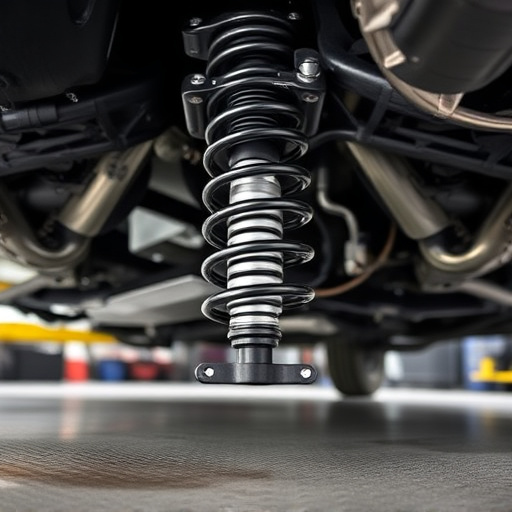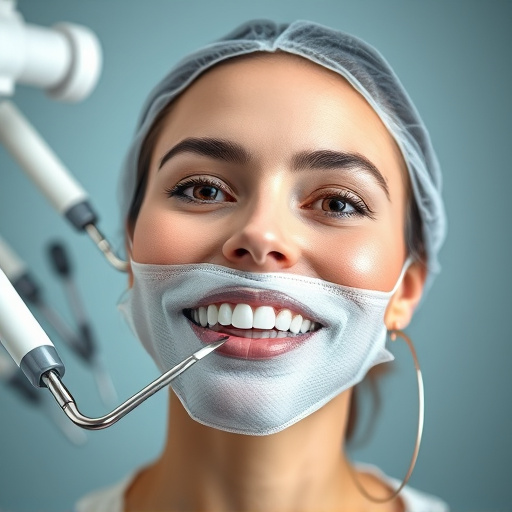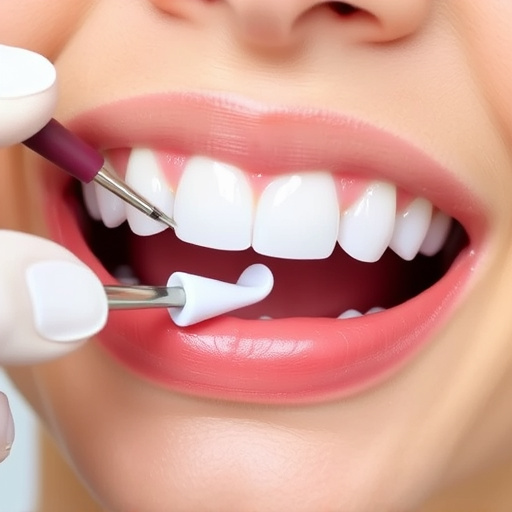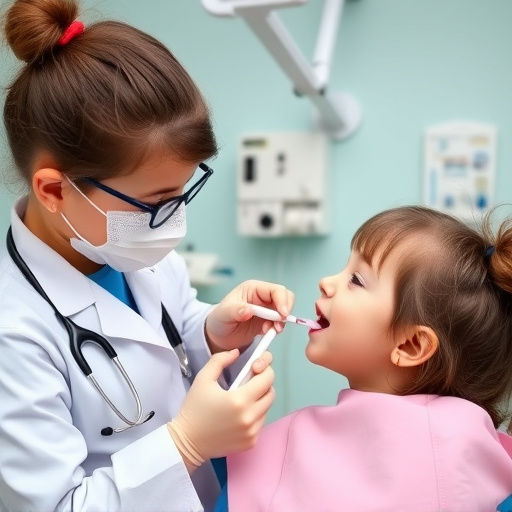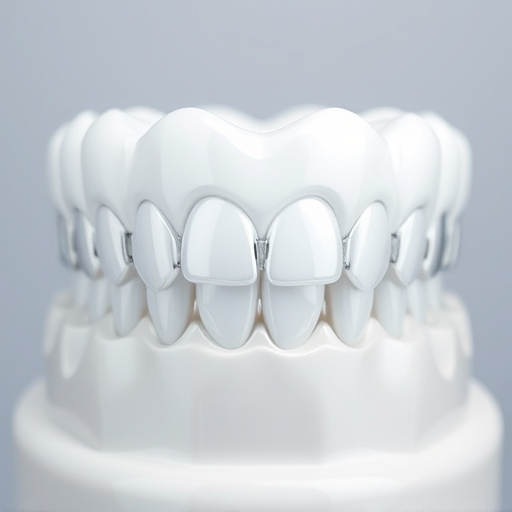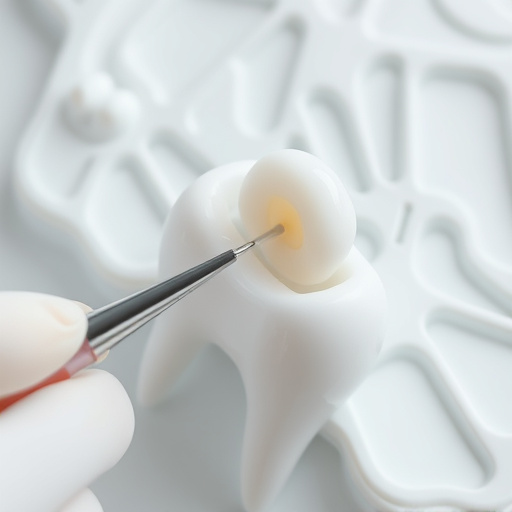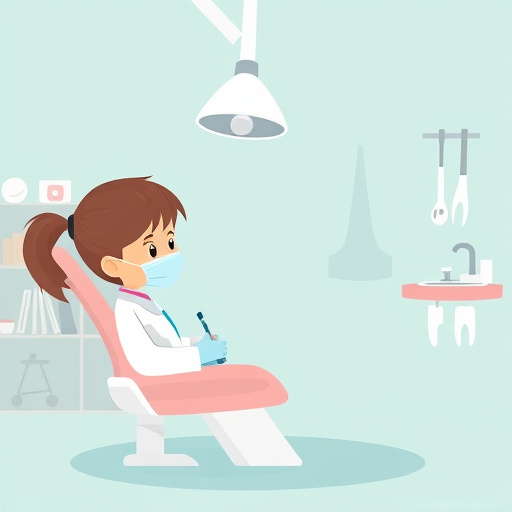Laser dentistry treatment revolutionizes modern oral care with its highly precise and minimally invasive procedures. Using concentrated light beams, lasers enable dentists to perform various treatments efficiently, offering faster healing times, reduced discomfort, and a lower risk of post-operative infections. This technology is ideal for cosmetic fillings, crowns, and implants due to its precision in cutting or vaporizing tissues without damaging surrounding areas. Additionally, lasers sterilize the treatment site, minimizing infection risks. By prioritizing patient safety and positive outcomes, laser dentistry enhances comfort and speeds up recovery, making it a preferred method in both general and emergency dental care. Proper post-care is essential for preventing infections and aiding healing after laser treatments.
Discover the future of dental care with laser dentistry treatment, a revolutionary approach that offers precise, minimal-invasive procedures. This article delves into the advantages of laser technology in dentistry, focusing on its ability to minimize infection risks. We explore effective strategies for infection control during and after treatments, ensuring patient safety and comfort. Learn how laser dentistry transforms oral health, providing long-lasting results with reduced side effects.
- Understanding Laser Dentistry and Its Advantages
- Minimizing Infection Risk in Laser Dental Treatments
- Post-Treatment Care and Patient Safety Measures
Understanding Laser Dentistry and Its Advantages
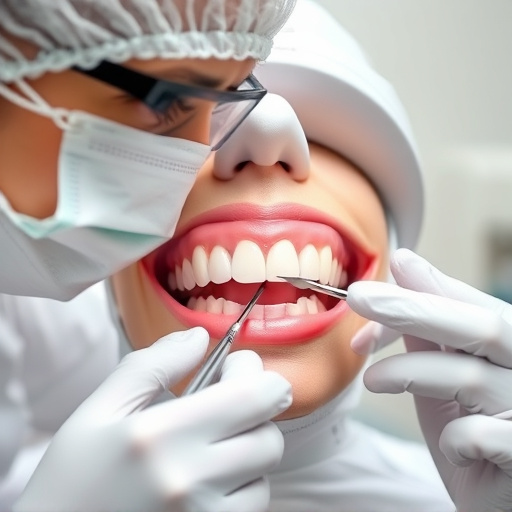
Laser dentistry treatment has emerged as a revolutionary approach in modern dental care, offering precise and minimally invasive procedures. This advanced technology utilizes concentrated light beams to interact with various dental tissues, enabling dentists to perform a wide range of treatments. The advantages of laser dentistry are numerous. It allows for faster healing times compared to traditional methods, reducing patient discomfort and the risk of post-operative infections.
One of its key benefits is the ability to precisely cut or vaporize soft and hard tissues without damaging surrounding areas. This precision is particularly advantageous in procedures like cosmetic fillings, dental crowns, and even dental implants, where maintaining the integrity of adjacent structures is crucial. Additionally, lasers can effectively sterilize the treatment site, minimizing infection risks associated with surgical tools, making it a preferred choice for many dental procedures.
Minimizing Infection Risk in Laser Dental Treatments
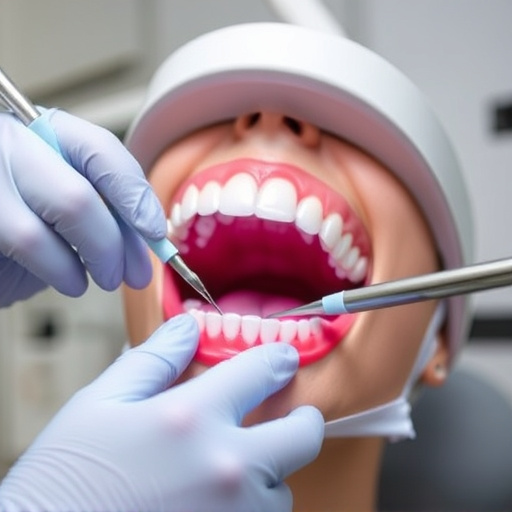
In the realm of laser dentistry treatment, minimizing infection risk is paramount for patient safety and outcomes. Unlike traditional dental procedures that can lead to prolonged healing periods due to trauma or invasive nature, laser treatments offer a more precise and gentle approach. By utilizing specialized lasers, dentists can effectively target specific dental issues without damaging surrounding tissues. This precision reduces the likelihood of post-treatment infections, making it a preferred method for both general dentistry and preventive dentistry practices.
Furthermore, the integration of laser technology in dental care contributes to efficient wound healing and reduced inflammation. Many laser treatments are designed to sanitize and sterilize the treatment area, eliminating potential pathogens that could cause infections. This is particularly beneficial in emergency dental care scenarios where swift action is crucial. By minimizing infection risk, laser dentistry treatment not only enhances patient comfort but also ensures a quicker return to optimal oral health.
Post-Treatment Care and Patient Safety Measures

After undergoing a laser dentistry treatment, proper post-care is essential to minimize infection risk and promote healing. Patients should be instructed to follow specific guidelines provided by their dentist, including maintaining good oral hygiene practices like gentle brushing and using prescribed mouthwashes. It’s crucial to avoid certain activities that may disrupt the healing process, such as smoking or consuming hot beverages for a period recommended by the dentist.
Additional patient safety measures include keeping the treatment area clean and dry, avoiding strenuous activities, and monitoring any signs of infection like swelling, pain, or discharge. Regular follow-up appointments are vital to ensure proper healing and address any concerns promptly. In the context of cosmetic dentistry and family dentistry, laser treatments offer precise and minimally invasive options for various procedures, including dental fillings. These advanced techniques contribute to enhanced patient safety by reducing the risk of infections and promoting overall oral health.
Laser dentistry treatment offers a range of advantages, from precise procedures to minimized tissue damage. To ensure patient safety, however, strict infection control measures must be in place. By understanding the risks and implementing proper post-treatment care, dental professionals can provide a secure environment, enhancing patient comfort and outcomes. These comprehensive safety measures make laser dentistry an increasingly viable and preferred option for many patients seeking advanced oral care.




